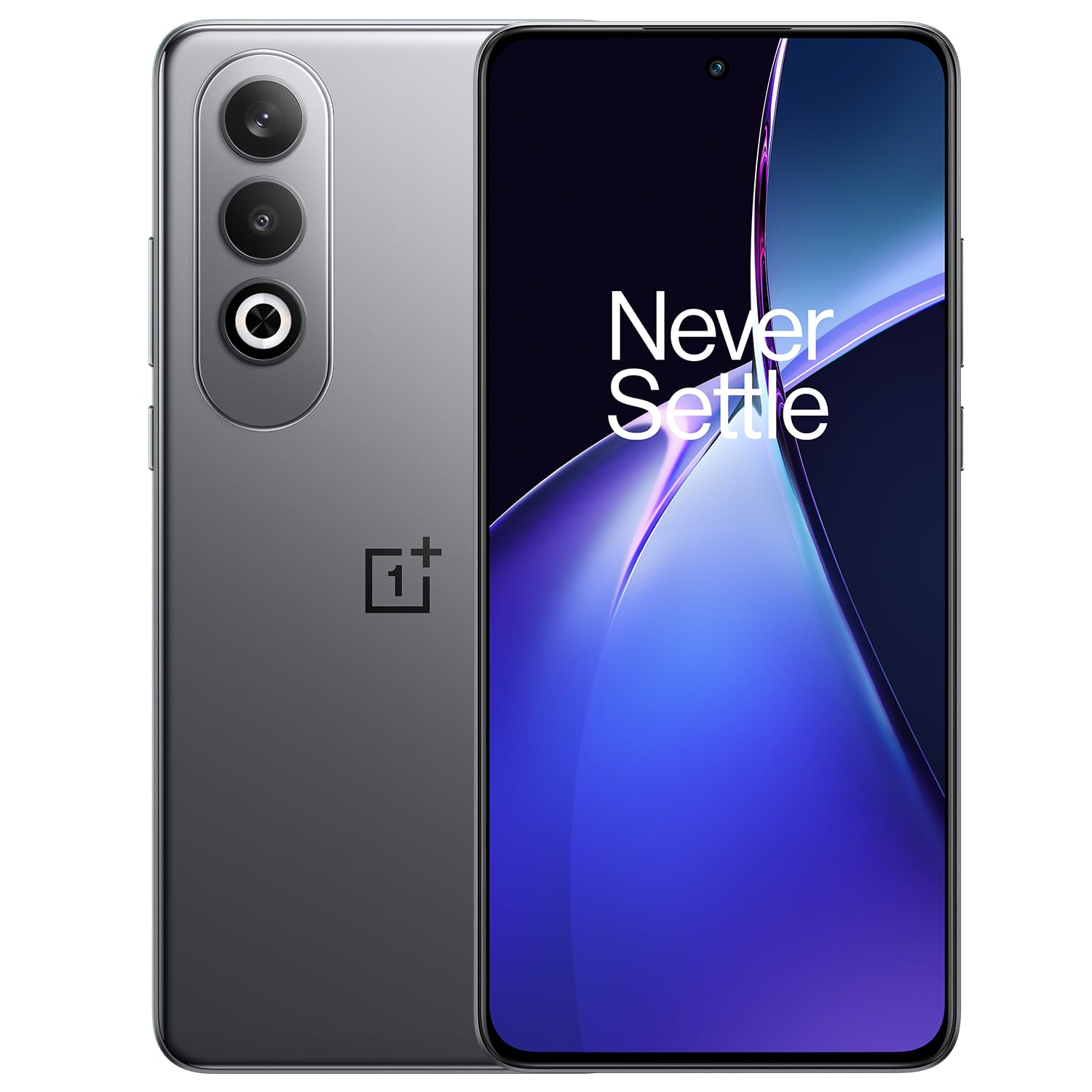Introduction
The fashion industry is no stranger to innovation. From the birth of sewing machines to the rise of e-commerce, each technological leap has redefined how we experience and engage with fashion. The latest revolution sweeping through the industry is AI in Fashion Design. But this leads to a pressing question: Can machines truly replace stylists?
As artificial intelligence continues to evolve, its role in design, trend forecasting, and personalization is expanding. In this article, we’ll explore how AI is impacting fashion design, where it shines, where it falls short, and whether it can truly replace the creative minds behind the styles we wear.
How AI is Changing Fashion Design
AI is becoming an integral part of the fashion ecosystem, streamlining design, manufacturing, and even marketing processes. Here are some key areas where AI in Fashion Design is transforming the landscape:
1. Trend Prediction
AI-powered platforms can scan social media, fashion blogs, online searches, and e-commerce activity to predict future trends with incredible accuracy. Brands can now analyze millions of data points to find out what colors, patterns, or silhouettes will dominate next season — faster and more accurately than any human trend forecaster.
2. Design Assistance
Generative AI tools like DALL·E or DeepFashion use machine learning to generate fashion sketches, create new fabric patterns, or visualize complete outfits. Designers can use AI to iterate faster, explore more concepts, and draw inspiration from data that would take humans weeks to digest.
3. Virtual Styling
AI algorithms can analyze a shopper’s body shape, personal preferences, and lifestyle to recommend personalized outfits. Brands like Stitch Fix and Amazon have integrated AI in fashion recommendation systems that rival personal shoppers.
4. Sustainable Production
AI helps reduce fashion waste by accurately predicting demand, optimizing fabric usage, and automating inventory decisions. Tools like 3D virtual sampling allow brands to create digital prototypes, minimizing physical samples and reducing environmental impact.
Advantages of AI in Fashion Design
The integration of AI into fashion design offers numerous benefits:
● Speed and Efficiency
AI can process massive datasets in seconds, helping brands reduce the time from concept to market dramatically. This speed is crucial in the fast-paced world of fashion.
● Enhanced Personalization
AI enables hyper-personalized fashion experiences, from virtual try-ons to customized clothing suggestions, enhancing user satisfaction and brand loyalty.
● Data-Driven Decisions
AI eliminates guesswork. By relying on real-time data, brands can make more informed design and merchandising decisions, reducing risks.
● Cost Reduction
By optimizing production and reducing waste, AI helps lower manufacturing costs while maintaining quality.
Where AI Falls Short
Despite the rapid advancements, AI in Fashion Design still has limitations, especially when compared to human stylists:
● Lack of Emotional Intelligence
Stylists don’t just choose clothes; they tell stories, convey identities, and understand emotions. AI lacks empathy and emotional nuance, which are critical in fashion styling.
● Creativity Constraints
AI can mimic patterns and generate combinations based on data, but true creative innovation — such as breaking trends or inventing new aesthetics — is still largely a human domain.
● Cultural and Contextual Awareness
Stylists often incorporate cultural references, social contexts, and personal histories into their designs and recommendations.
● Ethical and Aesthetic Judgments
Fashion often involves subjective choices. AI lacks the ethical reasoning and aesthetic judgment that human stylists possess.
The Human Element in Fashion
Stylists bring something invaluable to fashion: a human touch. They understand the moods, aspirations, and values behind fashion choices. Here are some roles that are hard to replace:
– Red Carpet Styling
Celebrities rely on human stylists to curate bold, culturally relevant, and risk-taking looks that reflect their identity and image — something AI can’t personalize deeply enough.
– Editorial Vision
Fashion magazines and campaigns demand creativity and storytelling that often push boundaries. Stylists and creative directors play a central role in shaping this narrative.
– Inclusive and Adaptive Styling
Human stylists understand diversity, body positivity, and cultural inclusion — all of which are difficult for AI to grasp comprehensively.
Humans + AI: The Future of Fashion
Rather than viewing AI as a replacement, it’s more productive to see it as a collaborative tool. Here’s how stylists and designers can embrace AI in fashion design:
● Augment Creativity
Designers can use AI to generate initial drafts or explore alternative styles, then apply their artistic judgment to refine the concept.
● Improve Client Experiences
Stylists can use AI-generated insights to understand client preferences better and tailor recommendations more effectively.
● Focus on Innovation
With AI handling data-heavy tasks, stylists have more time to focus on strategic thinking, storytelling, and innovation.
Examples of AI in Fashion Design Today
Several brands are already merging human creativity with AI tools:
- Tommy Hilfiger x IBM: Used AI to analyze fashion data and consumer preferences to guide designers.
- The Fabricant: A digital fashion house creating garments that exist only in virtual form, some designed with AI input.
- Zara: Uses AI to track purchasing data and trends in real-time, enabling quick restocking and agile design updates.
Conclusion: Can AI Replace Stylists?
In short: No, but it can transform them.
While AI in Fashion Design is revolutionizing trend forecasting, design automation, and personalization, it cannot replace the human elements of intuition, emotion, and cultural sensitivity that stylists bring. Fashion is not just about data — it’s about expression, identity, and artistry. And for now, only humans can fully understand the soul behind a style.
AI in Fashion Design is not here to eliminate stylists — it’s here to empower them. The future of fashion will likely be one where machine precision meets human imagination, creating a world of smarter, more inclusive, and more sustainable fashion.












